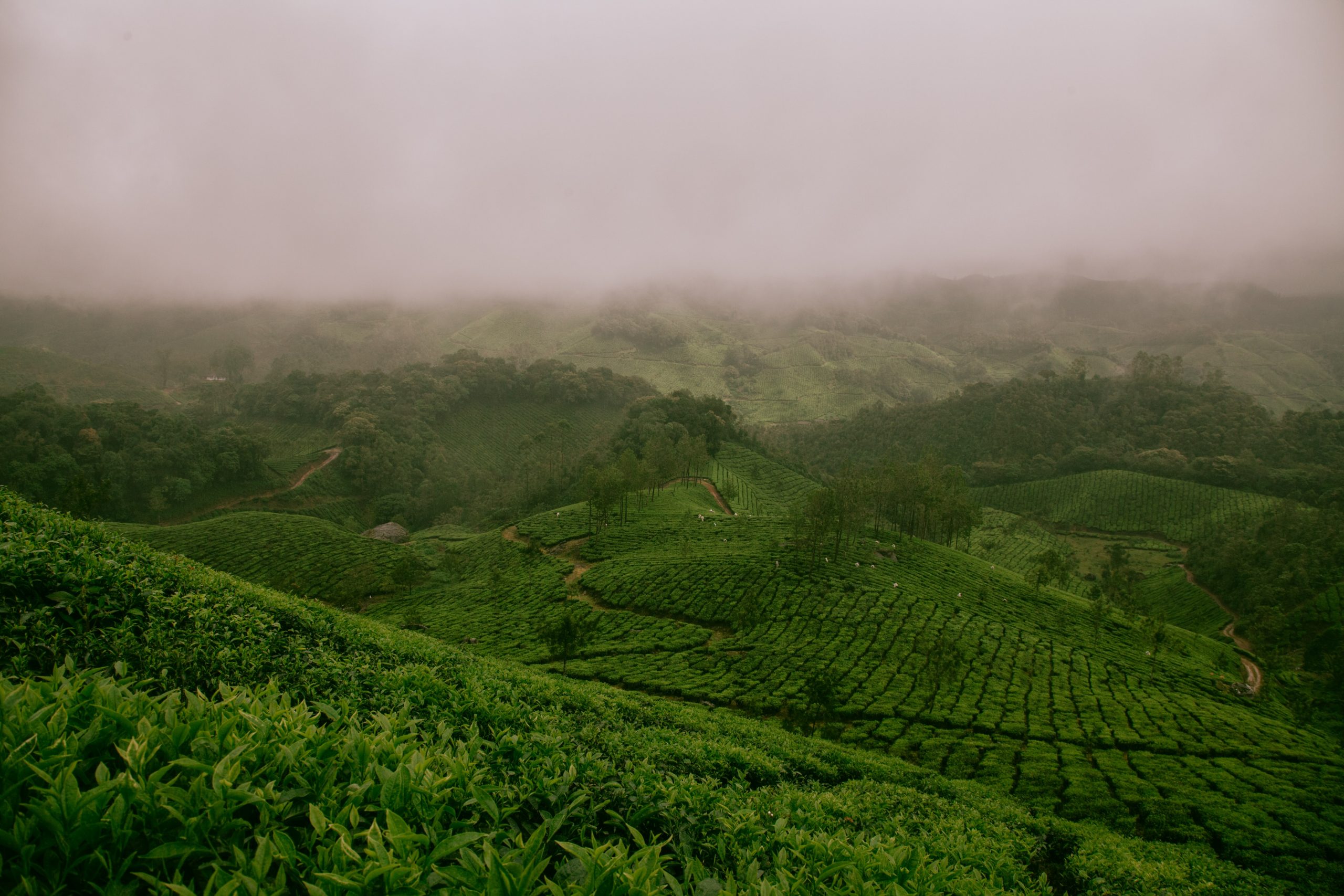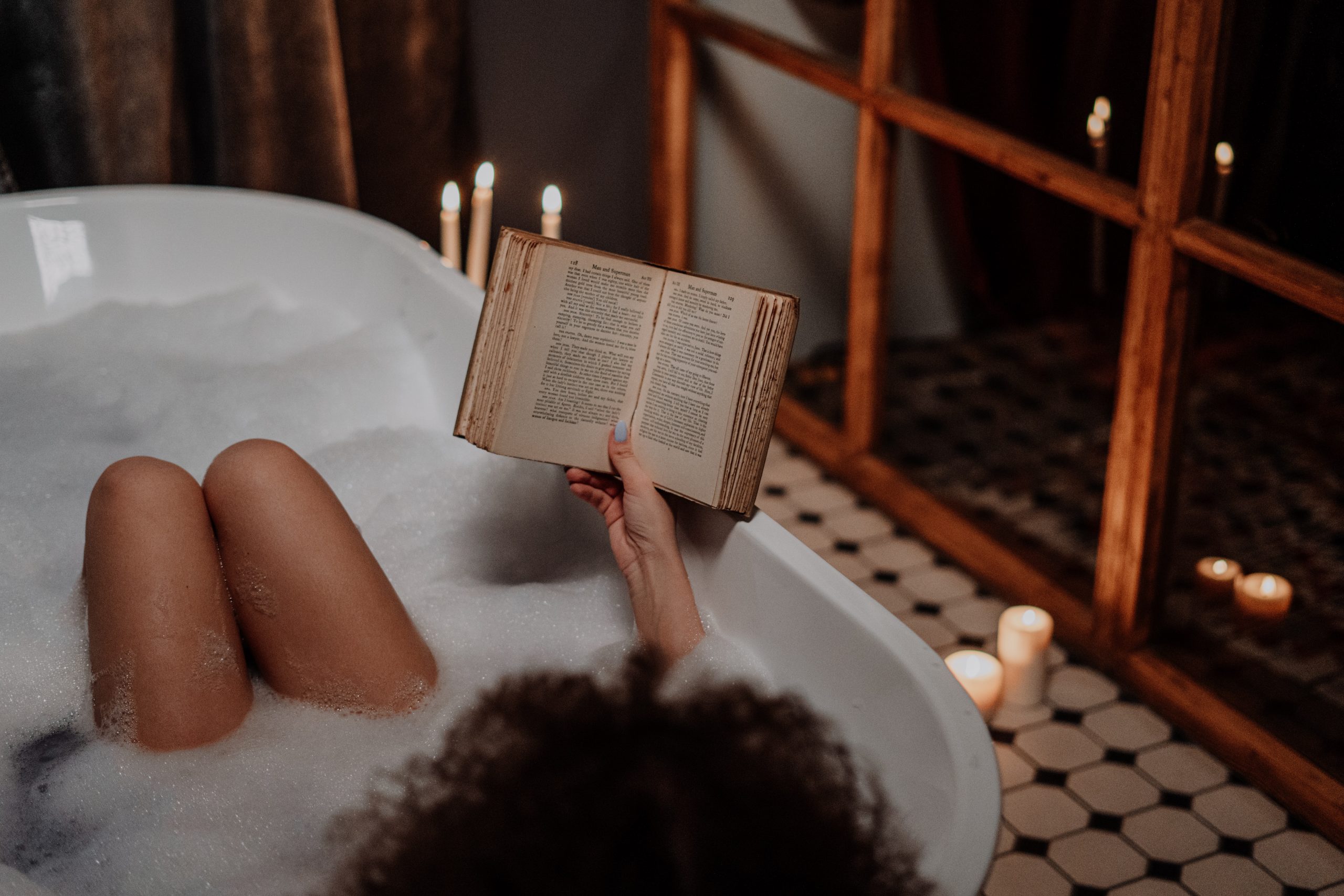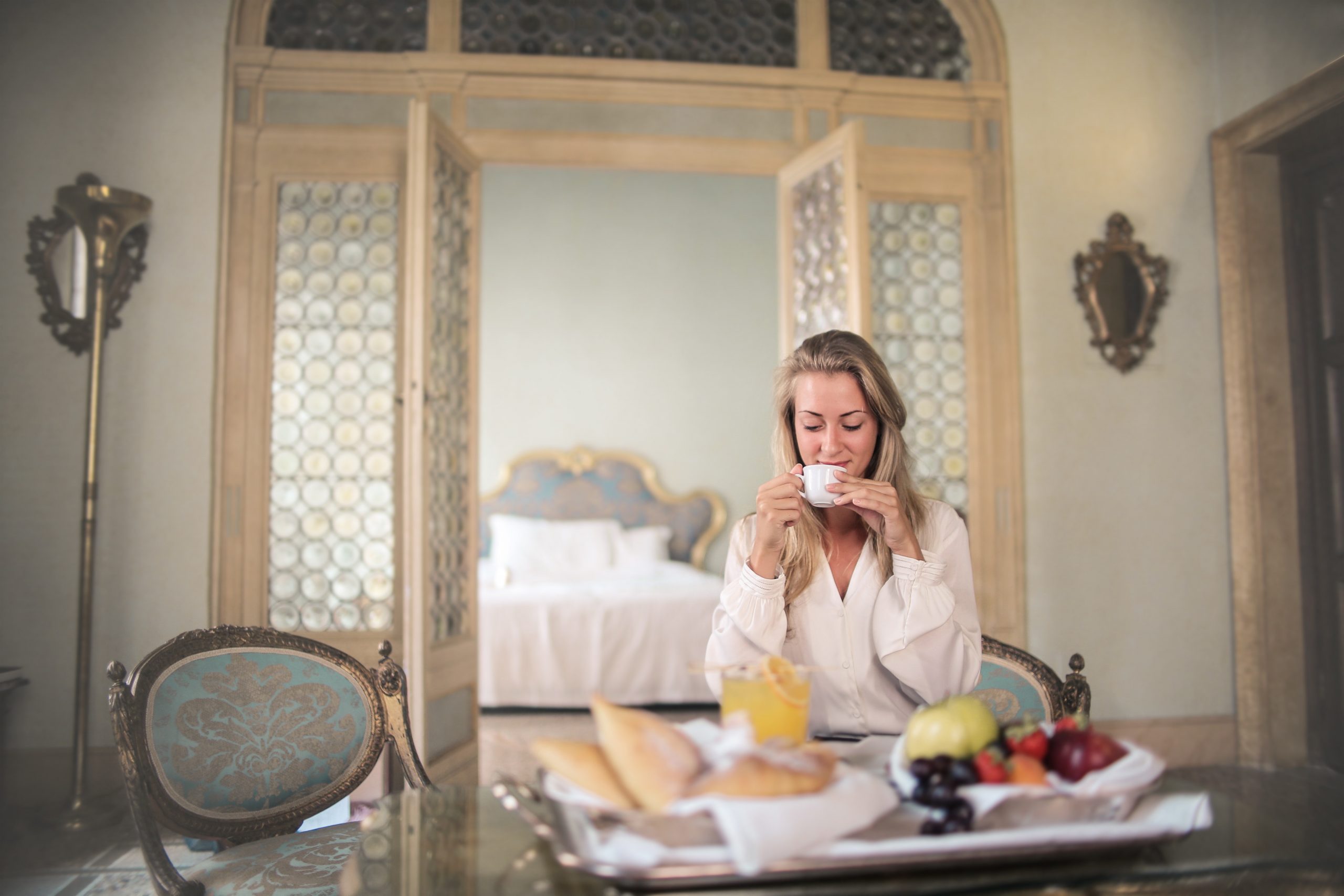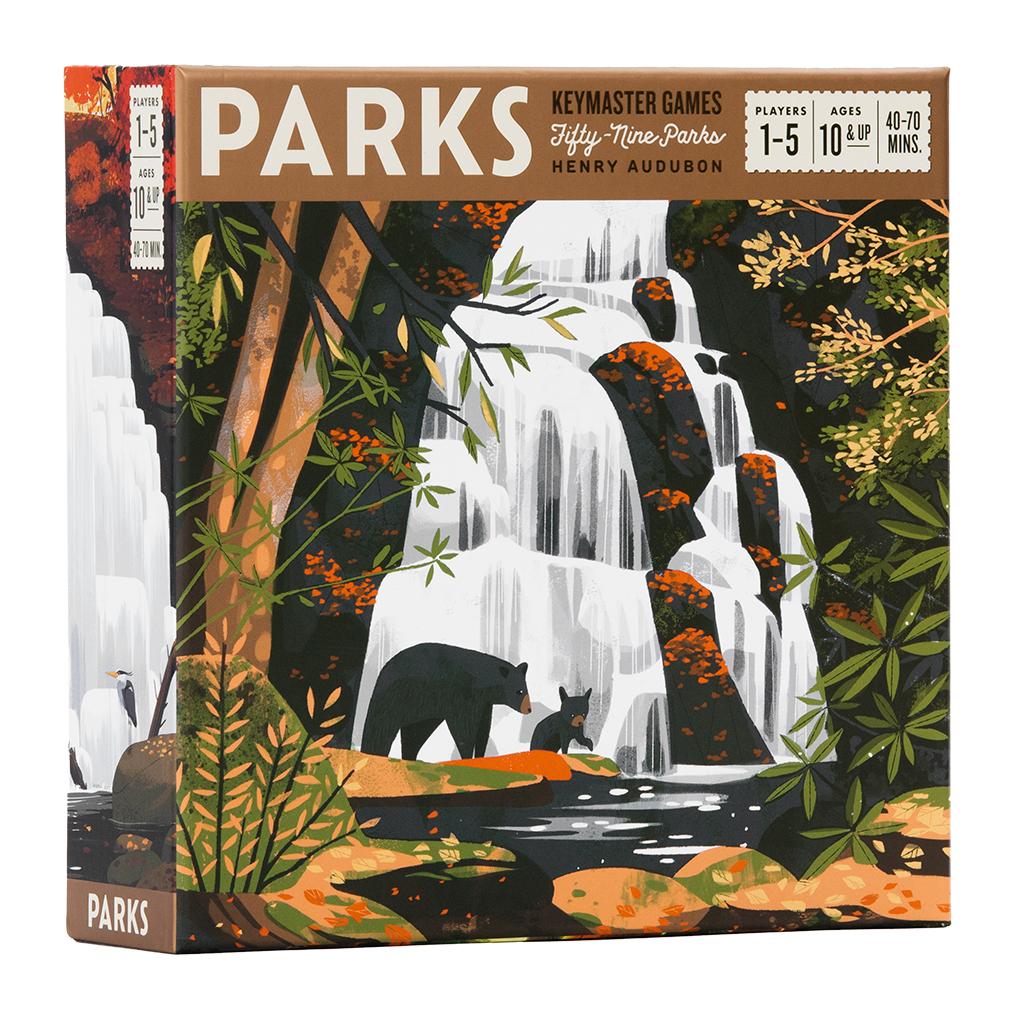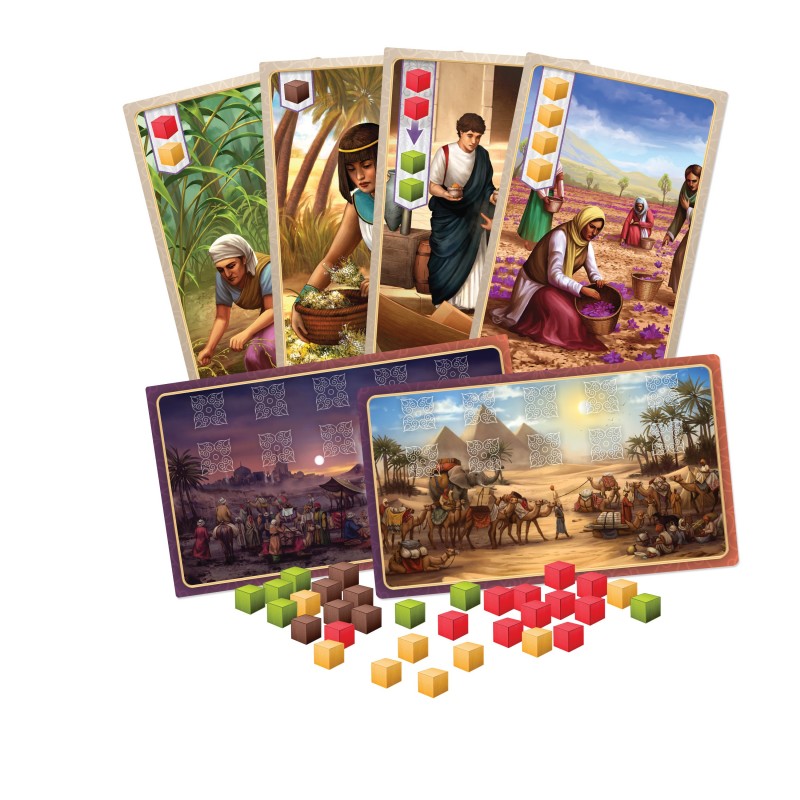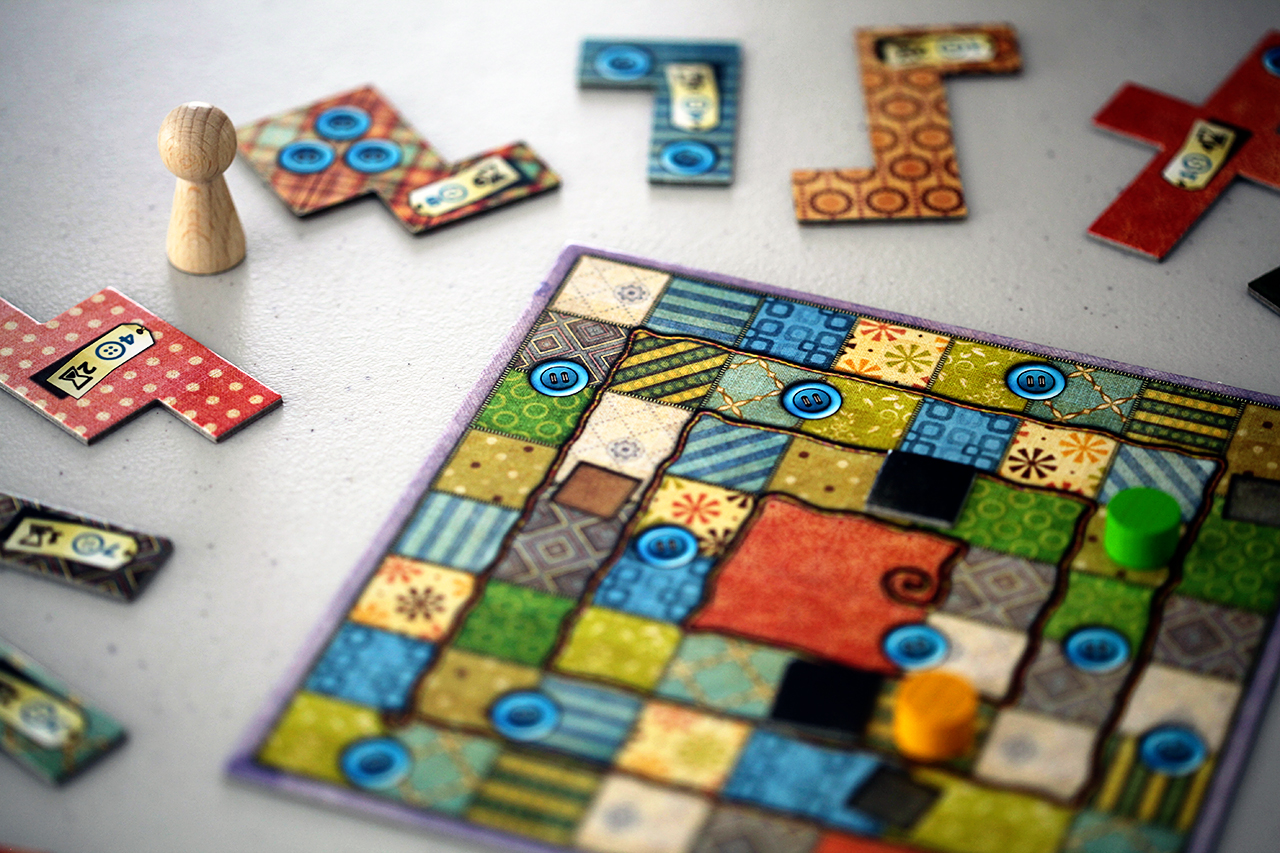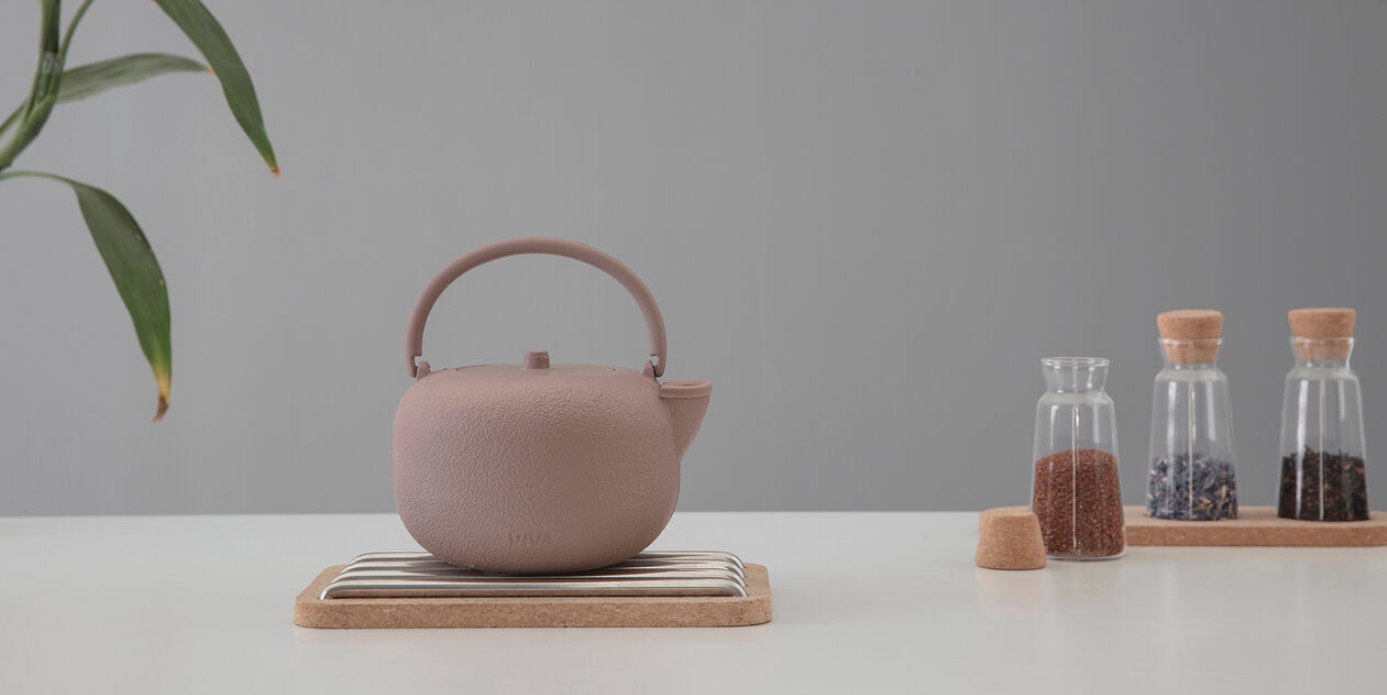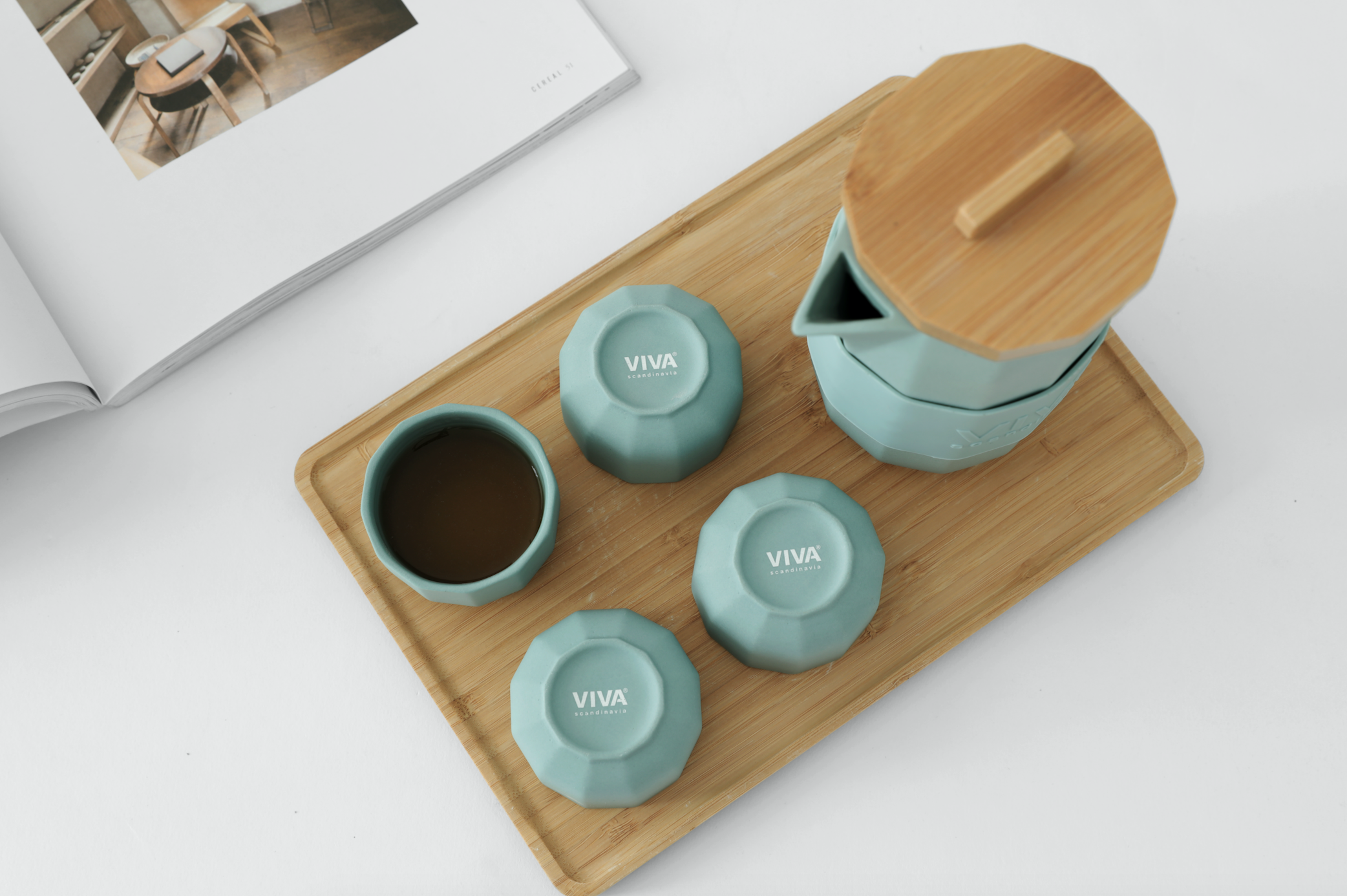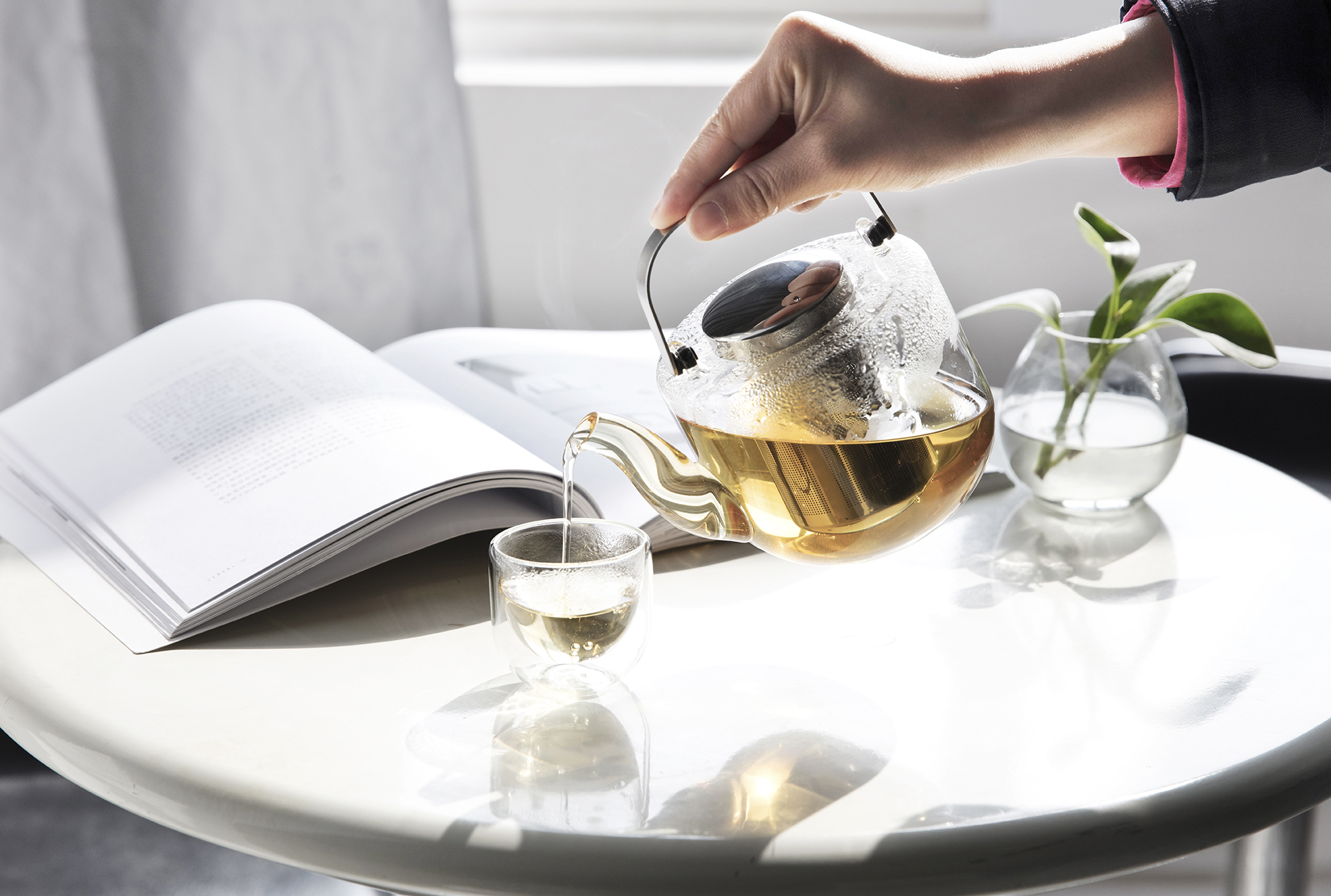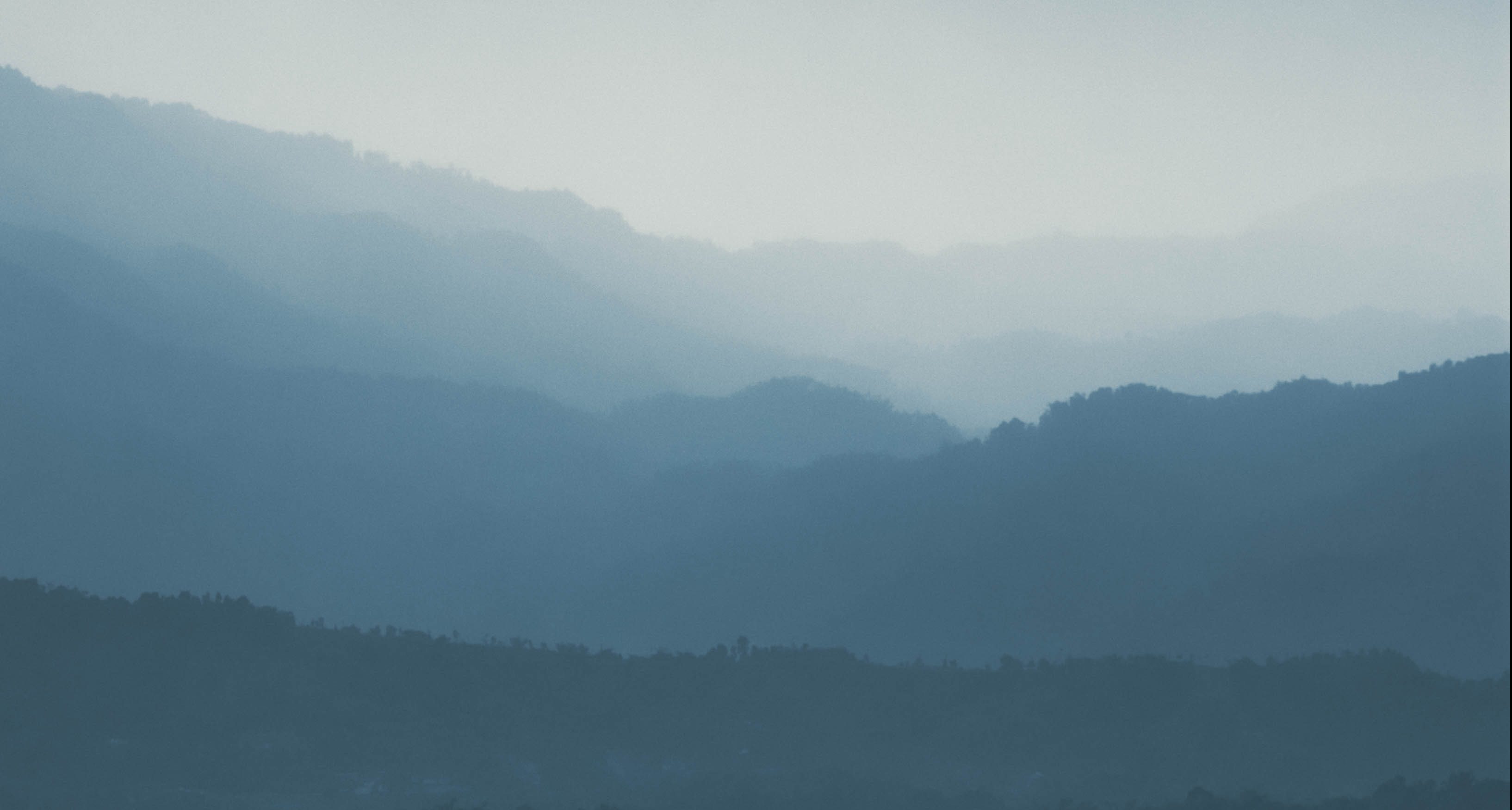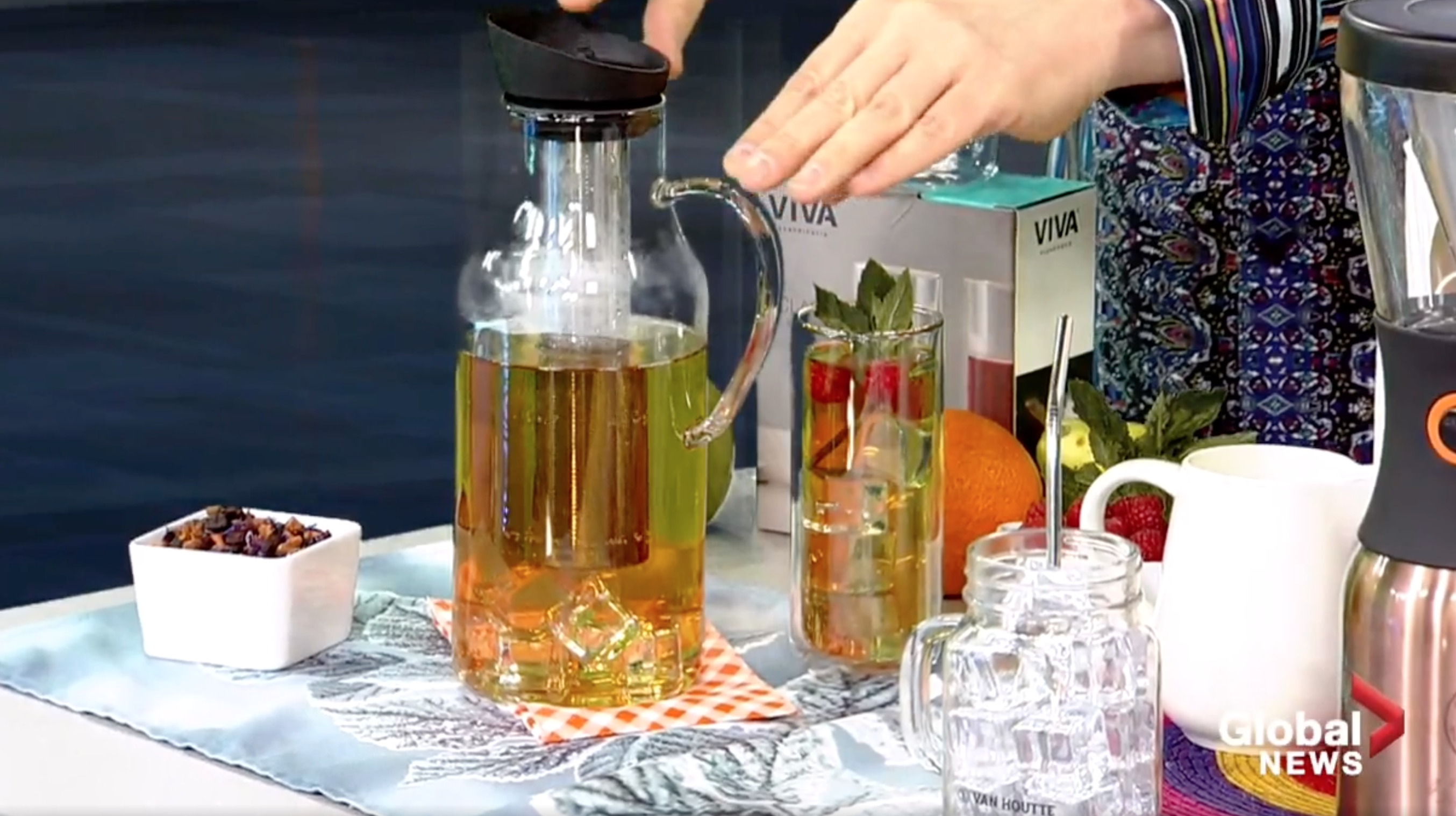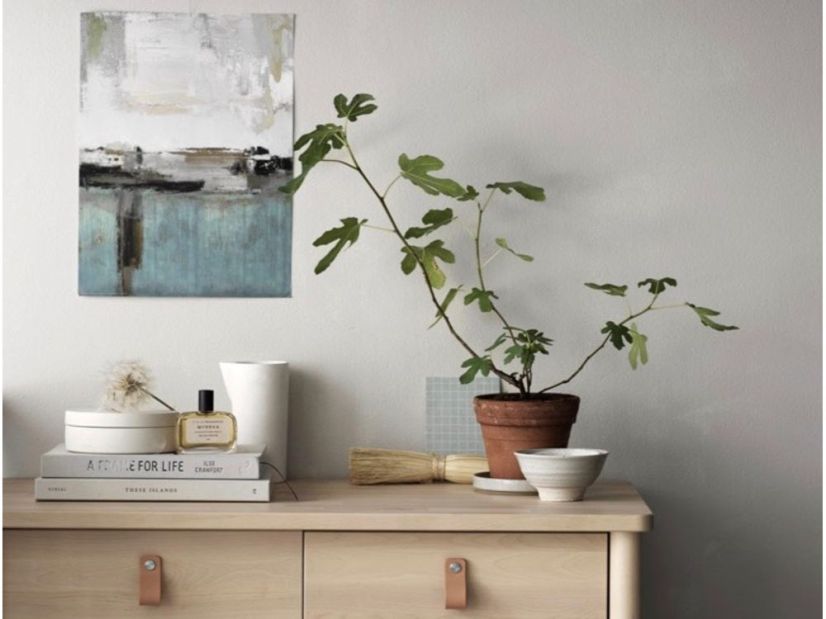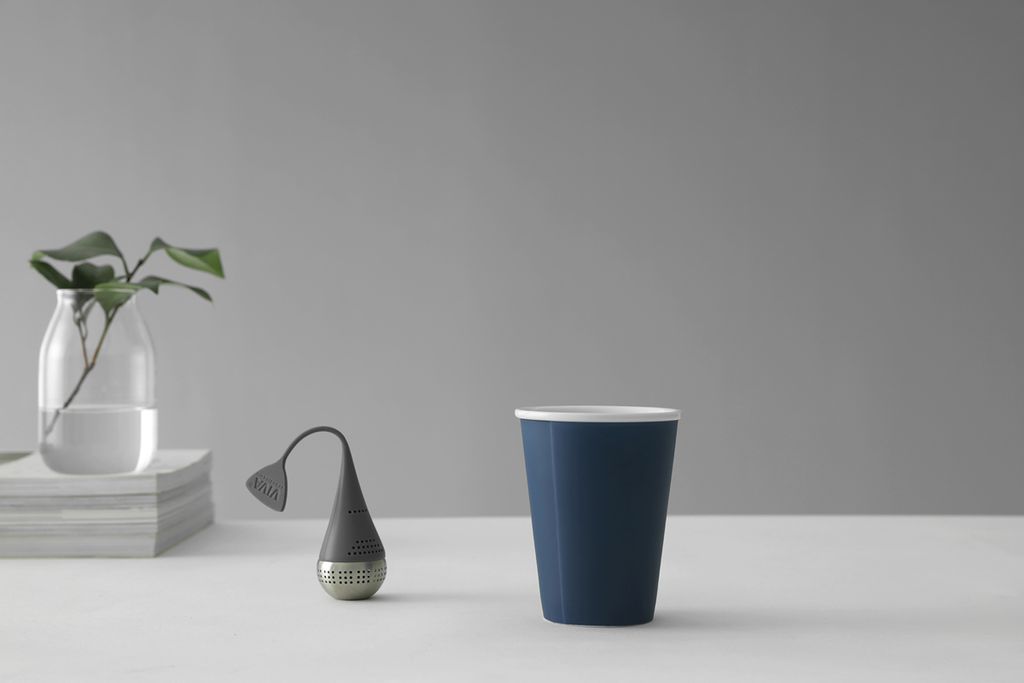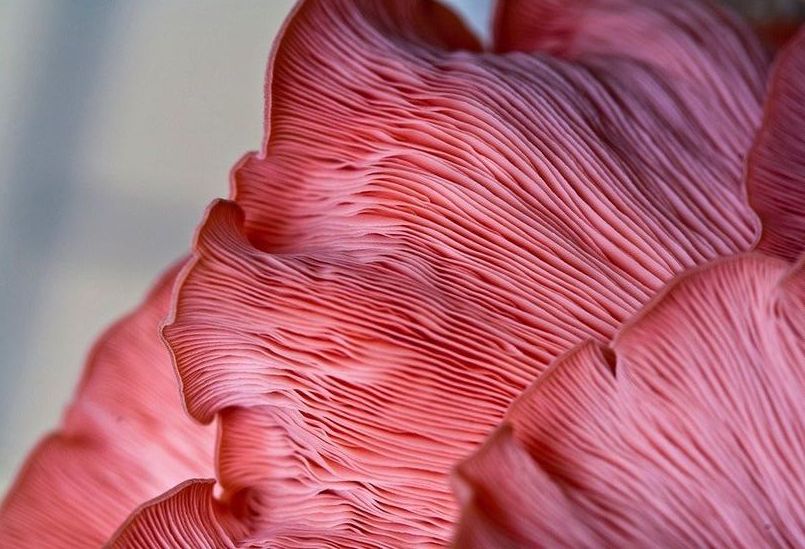After water, tea is the most consumed beverage in the world. There are endless tea culture destination we could recommend you put on your bucket list to visit, but we’ve chosen a select few to share with you here to get you started.
We understand living in a post-COVID world, things are different, economies are shifting, travel is restricted, and people are physically (and safely) distant. But we can still look forward to the day when international travel will be possible.
Even if you can’t quite plan your trip yet, you can plan and dream! We hope this list of tea destinations will offer inspiration and more importantly, keep you drinking and celebrating the multi-cultural history of tea.
China
China is believed to be the origin of Camellia Sinensis, the plant used to produce tea.
China’s tea history dates back almost 5,000 years to the time of Shennong. Tea is grown in 18 of China’s provinces and accounts for about 35 percent of the world’s tea output. They produce a wide variety of teas including green tea, yellow tea, white tea, oolong tea, black tea, dark tea, and Pu’er tea.
Importance of tea in Chinese culture
Tea was initially consumed for medicinal purposes but, over time, it became a way of life embedded in Chinese culture – from building personal relationships to serving an important role in ceremonial events.
Going to restaurants or tea houses and drinking tea is an essential activity for family gatherings. Serving tea to a guest is considered a sign of respect. Additionally, people display reverence to their elders by offering a cup of tea. This is especially common during big celebrations, including Chinese weddings. In a traditional marriage ceremony, both the bride and groom kneel before their parents and serve them tea. This is considered the most respectful way to express gratitude. Lastly, there is a custom in Chinese culture of making a serious apology to another by pouring tea for them while speaking the apology as a sign of sincere regret.
Bucket list
Visit a tea plantation, pick the leaves yourself, and then retreat to the tea shop to enjoy a fresh cup of tea. For the extreme bucket lister, we recommend visiting Hangzhou, the birthplace of Dragon Well tea – a type of green tea called Longjing – in The Meijiawu Tea Village. Tour companies like China Highlights offer trips with customizable itineraries.
Japan
Tea is believed to have arrived in Japan from China in the 9th century thanks to Buddhist monks who brought tea seeds back with them after studying in Chinese monasteries.
The Japanese typically drink a variety of green teas. Color and delicacy of taste are essential, and brews of delicate fragrance and greenish–golden hues are prevalent. Japan is best known for producing green teas such as sencha, matcha, genmaicha, and Hojicha.
Importance of tea in Japanese culture
The Japanese tea ceremony is called chado (The Way of Tea). The ceremony is a spiritual experience where the host may spend a lot of time preparing for specific, intentional gestures and movements. It is a choreographed ritual of preparing and serving matcha together with traditional Japanese snacks or sweets.
Bucket list
Check out the Sakurai Japanese Tea Experience which comes recommended by the American Specialty Tea Alliance in their Tokyo: The 10 Essential Places for Tea list.
India
Assam, Darjeeling, and Nilgiri are the three primary India tea regions. And Assam is the world’s second-largest tea producing region after China.
India, with its various tea growing regions, produces a variety of teas. And much like how terroir is important in wines, the area – location, climate and makeup of the earth – where tea is grown impacts its flavor.
Darjeeling, commonly known as the Champagne of teas, grows in the foothills of the Himalayas.
Only at this altitude and climate is it possible to produce a slow growth of leaves with the delicate and complex flavor of Darjeeling. Assam teas, maltier and fuller-bodied, are grown in the Northeast of India. The Nilgiri highlands of southern India are known for subtle, fragrant and fruity teas.
While tea plants are indigenous to northwestern India, tea was not a part of the Indian diet until after the British began producing tea there circa 1850.
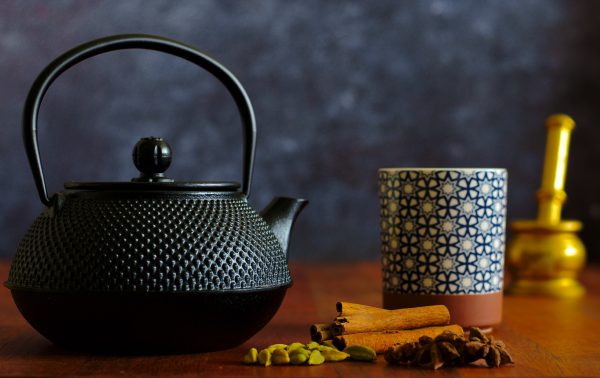
A chai for all seasons
The word chai is the Hindi word for tea, derived from the Chinese word for tea. The term chai means a mix of spices steeped into a tea-like beverage usually brewed in milk. The history of chai tea dates back to British colonial times. In an attempt to expand the tea market in India, British-owned tea companies encouraged industrial business to give their workers tea breaks. Chaiwalas – independent tea street venders who sold tea at railway stations and factories across the country during WWII – began adding spices to make the tea more appealing. This method of preparation was influenced by Ayurvedic texts, which recommended boiling spices such as cardamom, star anise, cloves, and black pepper with dairy and sugar for various ailments.
Bucket list
Visit a tea estate to tour the tea gardens and facilities and enjoy a first-hand tea experience. We recommend looking at Singtom Tea Resort, which is part of Darjeeling’s oldest Steinthal Tea Estate and has 1,600 acres of private tea garden to explore.
United Kingdom
The British love to pair their day with a cup of tea, or cuppa as they say. And their culture has been steeped in tea, so to speak, since the beverage was began its rise in popularity there in the 17th century first with Catherine of Braganza, the Portuguese princess married to Charles II, who drink tea daily when growing up in Portugal.
Since that era, Britain has become a powerhouse in tea with companies such as Twinings, PG Tips and Tetley earning international reputations.
Black tea has remained the most popular type in the country. with popular tea variety ranging from English breakfast to Earl Grey. Most Brtitish drinkers cut the bitterness with milk or serve the tea black with lemon.
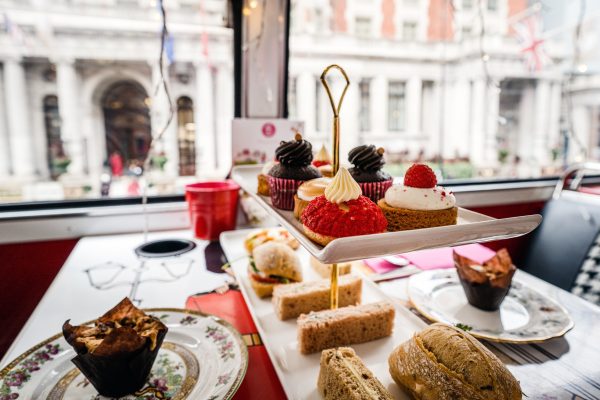
High tea
The quintessential British Afternoon Tea is said to have originated with yet another royal: Anna, 7th Duchess of Bedford. In the early 1800’s, she made fashionable the idea of tea in the late afternoon to bridge the gap between luncheon and dinner. Eventually, upper-class women took to wearing long gowns, hats and gloves for their afternoon tea, which was served in their drawing room between four and five o’clock. Traditionally, afternoon tea consisted of dainty sandwiches such as sliced cucumber ‘sammies’, scones served with preserves and cream, cakes, and pastries.
Bucket list
Hotels across England offer afternoon tea. But if you want to partake in a traditional experience, we recommend Fortnum & Mason. The Piccadilly department store was founded in 1707. Their Diamond Jubilee was named in honor of Her Majesty’s visit in 2012, when she formally opened the room, in the company of their Royal Highnesses the Duchess of Cornwall and the Duchess of Cambridge.
Enjoy elegant towers of scones, perfectly placed among the finger sandwiches, and loads of tea and doting staff to perfection.
We hope this list keeps you thinking and planning for the future – even if you have to visit these historically rich tea locations on a Web browser for the time being. But stay tuned, because the tea in this world is endless, and there are always more places to add to your tea bucket list!
Read also: Guide to Certified Tea
